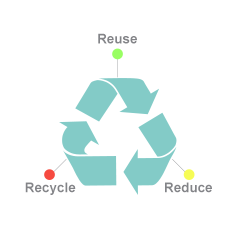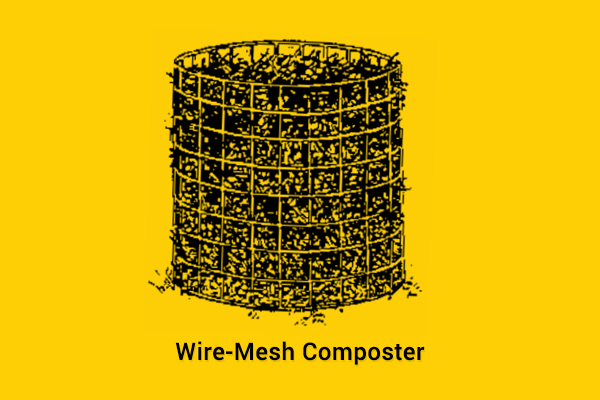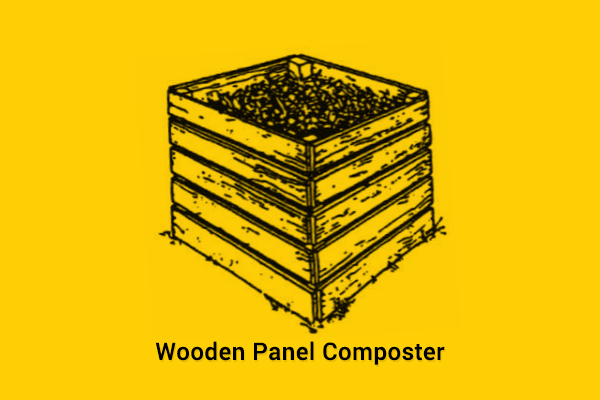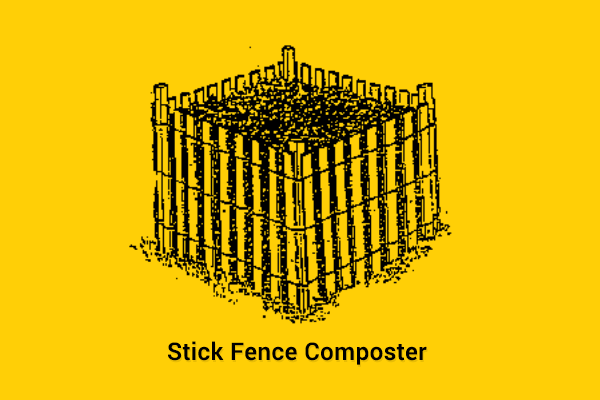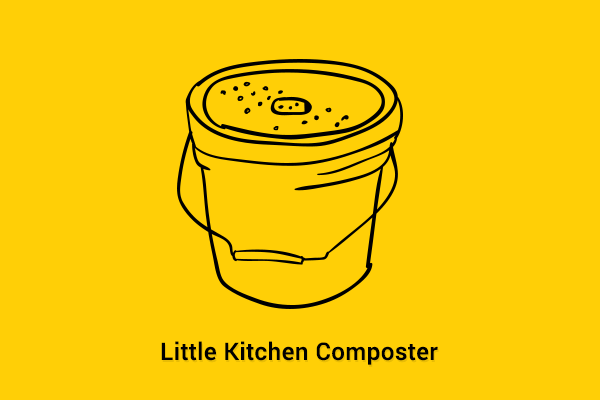 On the 22nd of November, CommonFloor Groups conducted its 4th edition of Right Step, a pro-green workshop on “Converting Garbage to Gold”. During this informative session, Ms Poonam Bir Kasturi, founder of Daily Dump, spoke in detail about why proper segregation, recycling and composting of waste is imperative in this age and how we can accomplish it with the combined awareness and effort of every citizen.
On the 22nd of November, CommonFloor Groups conducted its 4th edition of Right Step, a pro-green workshop on “Converting Garbage to Gold”. During this informative session, Ms Poonam Bir Kasturi, founder of Daily Dump, spoke in detail about why proper segregation, recycling and composting of waste is imperative in this age and how we can accomplish it with the combined awareness and effort of every citizen.
Here are a few interesting and informative Question/Answers covered during the two hour session of the workshop.
How many categories of segregation are there?
Five: Wet, Dry, E-Waste, Reject, Garden
Are milk packets recyclable?
If the packet is made of fused material (paperboard coated with a polyethylene layer), it cannot be recycled.
If the milk is in tetra packs, they should be segregated separately since some units are capable of recycling tetra packs and use it for tin roofing and paper pulp etc. Same goes for fruit juice tetra packs.
Plastic pouches that are used for packaging of milk can however be recycled. Also since the quality of plastic used for milk packaging is very good, one should always keep in mind that this can be recycled and that it should be.
Which category will chips packets (Lays, Kurkure etc) fall in?
Reject. This is because the material is metalized polyester which cannot be recycled in India unless it has a very big volume. Hence buying such products should be highly discouraged.
What about coconut shells?
Coconut shells will go into the ‘reject’ category. If collected in large numbers, it can be sent to a coconut reprocessing plant.
Is foam recyclable?
Yes, foam is but thermocol isn’t. It will go into the dry waste category.
What can you do with stapler pins? Are they compostable?
Stapler pins get rusted; add stapler pins and tea paper bags into the compost.
Does one place their daily organic waste into the composter directly?
No. Make sure to sandwich your organic waste in between two layers of a mixture of compost, microbes, turmeric and coco peat. (for best results). It is important for the compost to be well aerated in case of aerobic composting. The compost should also be stirred every once in a few days for proper aeration.
What about the leachate produced?
Dilute this solution in a ratio of 1:10 and you can use this to clean up your sewage system. This organic soap also serves as a wonderful nutrition for plants.
Does compost happen only when composting is done?
No. Composting is a natural process and is nature’s way of putting back nutrition into the system. It’s a process that we cannot control, unless of course a vacuum condition is created.
What to do with bigger particles visible in the ready compost?
You can add such particles into the bin with your next lot of organic waste for composting.
Is post-industrial waste non-recyclable?
Post-industrial waste is in fact recyclable ONLY until it is mixed with other material. This is also why post-consumer waste is often not recyclable.
It is common knowledge that the hardest part is to get people to segregate their household waste. How does one get them to do it willingly?
Remember, about 60% of your household waste is organic. So, stop calling it waste. Call it a bag of resources.
It is important to get people to see waste differently and make them realize that segregation is the best thing we do for our and our children’s health. Organize fun programs to accomplish this, not impose fines.
Lastly, convey that ONLY segregated waste is recyclable. For example: sambhar mixed with plastic is non-recyclable while plastic alone can be recycled.
What about bulbs? Can they be recycled?
NO. In fact mercury from bulbs, if disposed into landfills, will seep into the ground and contaminate ground water, making it poisonous and non-consumable.
Hence, every community must have a separate box to contain bulbs and tube lights. Do not mix them with other e-wastes as they may break.
On the whole, this short weekend workshop on waste management was a success, with the event seeing a good number of enthusiastic attendees. We hope to bring you many more of such educational sessions in the near future.
Kindly Note: Very soon we’re bringing RightStep Cells to individual residential communities. If you would like to have us conduct an informative RightStep session on waste management within your community, please leave us your details in the comment section below or write to us @ support@commonfloor.com.
We help you take the Right Step towards building an efficient residential community.
 In about 3-4 months of time, you can harvest the vermicompost produced in the bin and add it to your potting soil or use it as mulch for your yard plants.
In about 3-4 months of time, you can harvest the vermicompost produced in the bin and add it to your potting soil or use it as mulch for your yard plants.


